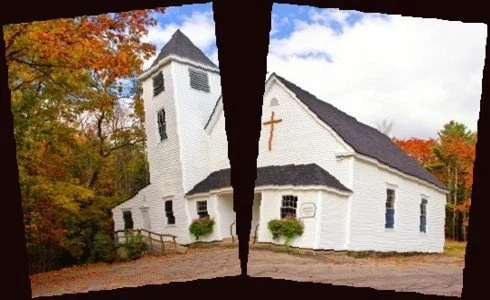There was a time when the faithful in the heavily Dutch corners of the Midwest would not have been able to sing along if the organist played the gospel classic, "Precious Lord, Take My Hand."
True, some may have recognized the hymn that Mahalia Jackson sang at the 1968 funeral of the Rev. Martin Luther King, Jr., since this was the civil rights leader's favorite: "Precious Lord, take my hand, lead me on, let me stand. I am tired, I am weak, I am worn. Through the storm, through the night, lead me on to the light. Take my hand, precious Lord, lead me home."
But, by 1987 this beloved African-American spiritual had been added to the Christian Reformed Church hymnal. A generation later, it has achieved the kind of stature that puts it in the core of the "In Death and Dying" pages of the church's new "Lift Up Your Hearts" hymnal.
"When you're creating a new hymnal, you know that you have to retain all those heart songs that just can't go away," said the Rev. Joyce Borger, editor of the 1,104-page volume, produced in collaboration with the Reformed Church in America. "We're talking about the hymns that you cannot imagine living without, and 'Precious Lord, Take My Hand' certainly falls into that category now. It has become one of our songs."
Research indicates the average church may have "a repertoire" of 150-plus hymns – not counting Christmas carols and seasonal songs – that worship leaders can list in the Sunday bulletin and know that most people will sing them with confidence.
The challenge facing teams that create hymnals is that "core songs" will vary radically from flock to flock, depending on where they are located, the dominant age groups in the pews and the cultural backgrounds of the worship leaders. The favorite-hymn list of a World War II generation pianist from rural Michigan will overlap some, but not much, with that of a Generation X guitarist in urban Detroit.
Also, while it's impossible to ignore classics from the Dutch Reformed tradition, Borger said "Lift Up Your Hearts" also needed to acknowledge the growing diversity found in today's churches, in North America and worldwide. In the age of increased contact between believers around the world – not to mention YouTube – it's common for suburban American teens to return from church trips to Africa or South America with notebooks full of new hymns they now cherish.
Then there is the surging popularity of pop-rock "praise choruses," which rise and fall in popularity from year to year, if not month to month. Also, the larger the modern church sanctuary, the more likely it is to feature video screens on which lyrics are constantly streamed into view. Why would digital worshippers want to tie up their hands with analog hymnals?
The pace of musical change is one reason hymnals are being now being recreated every generation, as opposed to remaining intact for a half a century or so as in the past, said historian John Witvliet, another member of the "Lift Up Your Hearts" team who leads the Calvin Institute of Christian Worship at Calvin College in Grand Rapids, Mich.
Recent decades have seen a number of other factors that have caused musical earthquakes, he said, including a multimedia revolution in worship facilities, the global surge of Pentecostalism, the rise of seeker-friendly "megachurch" congregations that value relevance over tradition and increased ecumenical contacts between Catholic, evangelical and liberal Protestant churches
Thus, the 965 numbered selections in this new hymnal include 137 selections from its 1957 counterpart and 302 from a 1987 volume. However, it also includes at least 100 contemporary "praise choruses" and 50-plus hymns from around the world, with texts translated from 30 different languages. Every hymn in the book is annotated with guitar chords.
"There is no period of time in church history – ever – in which there have been this many waves of change shaping Christian worship at the same time," said Witvliet. "A generation ago, we assumed that the hymnal in the pew WAS a church's musical repertoire. No one assumes that now."
But no matter how rapid the changes, he added, hymnals are symbols that the "church needs a common body of music to help keep it united. There must be some ties that bind."



